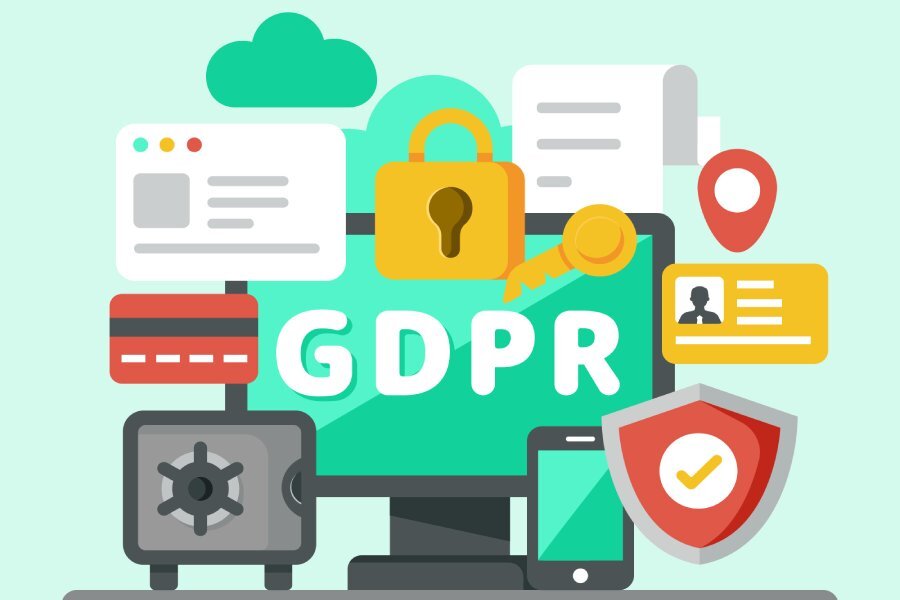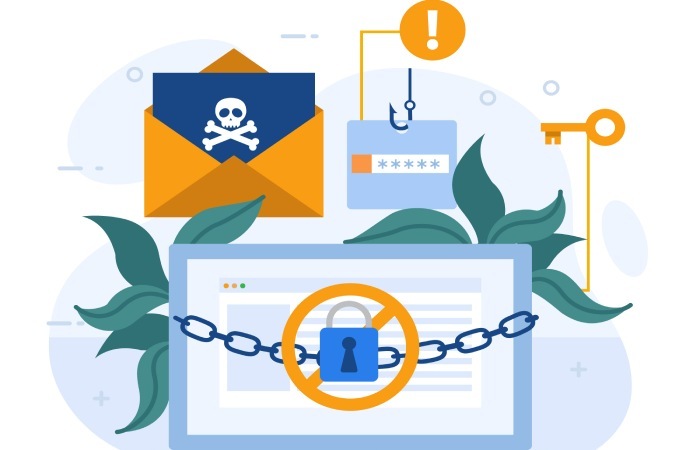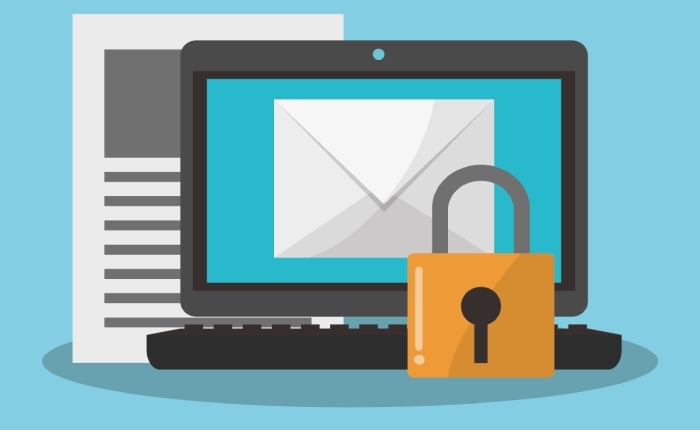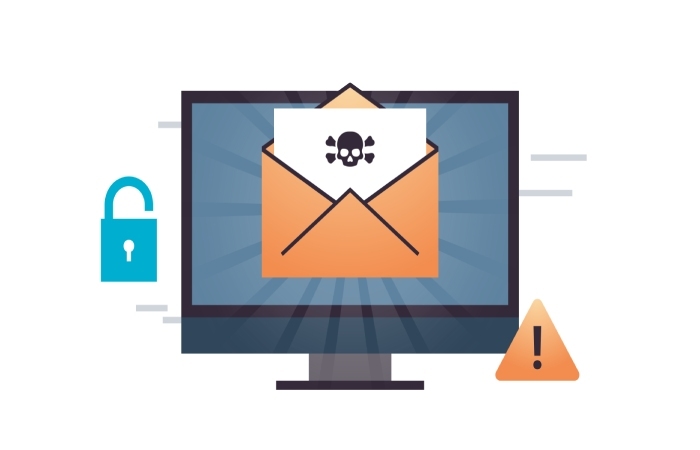DMARC for GDPR and data privacy compliance: Why email authentication matters for protecting PII?
When it comes to data privacy, the GDPR is clear about its goal: it wants organizations to protect personally identifiable information (PII) at every stage of processing and communication. And as you already know, DMARC is a mailbox gatekeeper that authenticates emails and prevents threat actors from misusing your domain.
Now there is a hidden connection between GDPR’s requirements and DMARC; if your email authentication setup is missing or is not configured correctly, cybercriminals can impersonate your brand and its employees to send emails on their behalf. These emails can be sent to fellow employees, clients, prospects, board members, third-party vendors, and the media. This culminates in more than just a security incident; it holds the potential to escalate into a GDPR violation.
Mind you, this risk isn’t just theoretical. According to Verizon’s 2024 Data Breach Investigations Report, 94% of data breaches begin with email-based attacks, such as phishing. When those attacks involve unauthorized access to PII, regulators view it as a failure to apply ‘appropriate technical measures’ under GDPR.
This article focuses on how DMARC helps companies stay GDPR compliant and why email authentication is not an option, but a necessity.
The compliance gap: where does email fit in GDPR?
GDPR hasn’t explicitly mentioned the use of DMARC; however, what it says is that every company that handles personal data must apply ‘appropriate technical and organizational measures’ to protect it. This is precisely where email security comes into play.
Emails are still the most common way sensitive data gets shared. If your domain isn’t protected with authentication, such as DMARC, anyone can spoof your address and trick employees or customers into handing over personal information. In GDPR terms, that’s a failure to secure the processing of data. This is exactly what Article 32 talks about—making sure the way you handle data is safe. And Article 25, which focuses on “data protection by design,” expects you to think about these risks upfront, not after a breach happens.
How does the regulatory system see this? They say that if a cybercriminal steals PII through a spoofed email that the company could have prevented had proper email security measures been in place, then it’s termed a preventable breach. This simply means you will be liable to fines, investigations, and a lot of unwanted attention.
So, even if GDPR doesn’t specifically mention DMARC, not having it configured for your email-sending domain can put you in a lot of trouble, as you will land in the non-compliance bucket.
What does DMARC do as a data privacy safeguard?
DMARC tells the receiving mail server what to do with emails that didn’t pass the authentication checks. So, if someone sends a spoofed email on your behalf, DMARC will instruct the recipient’s mailbox to either mark it as spam or reject it altogether. This way, the targeted recipients won’t interact with the spoofed emails sent on your behalf.
Here are three main ways DMARC helps from a GDPR compliance angle:
Protecting customers and employees from phishing
When DMARC is in place with an enforcement policy, spoofed emails claiming to be from your domain are simply not delivered. That cuts down the chances of someone being tricked into giving away personal details. This means fewer incidents where PII ends up in the wrong hands. It is not bulletproof, but it is a big step in making your email ecosystem safer.
Making email communication trustworthy
If your customers are regularly being hit with fake emails from what looks like your address, won’t they stop trusting emails from you? This will turn out to be more than just a brand problem; it will instead be a compliance issue, as the primary goal of most fake emails is to prompt people into sharing personal or financial details.
By authenticating your domain with DMARC, you make sure your real emails can be trusted, which reduces the chances of data leakage through social engineering.
Giving you visibility into who is using your domain
One underrated benefit of DMARC is the reporting feature. You get to see who is trying to send emails on your behalf. Sometimes it is legitimate third-party vendors, and sometimes it is attackers. This visibility is important for GDPR because the law talks about accountability. You should know who is handling your domain and how emails connected to your brand are being sent. That level of oversight proves that you are taking proactive steps to secure personal data.
Consequences of ignoring DMARC in the GDPR context
On paper, DMARC might look like just another technical control, but if you skip it, it would open the door to GDPR violations, penalties, and a whole lot of trouble on your plate. Here is what you can run into-
Financial penalties
GDPR levies hefty fines that can go up to 20 million Euros or 4% of your company’s global turnover, whichever is higher. This means even if you’re a mid-size business, you could be looking at a hit big enough to mess with your budgets, operations, and future projects. All because someone exploited your unprotected email domain and managed to steal personal data through a simple spoof.
Reputational damage
Today, customers are very aware of privacy issues. So, the moment your company’s name flashes for being involved in a data breach, especially one that happened through a preventable method, their trust will take a nosedive.
They may stop opening your emails altogether, switch to competitors, or worse, take to social media and drag your brand name through the mud. Trust is hard to build and can be easily lost.
Operational disruption
Once a spoofing-related GDPR breach happens, it’s not just about patching things up. You’ll face investigations, legal disputes, and mandatory audits. You may also need to notify customers and regulators about the breach, which creates additional anxiety and paperwork. Internally, teams will get pulled off their normal work to deal with incident response and compliance demands. In short, business slows down, stress levels shoot up, and normal operations take a backseat.
Increased phishing success rate
If you don’t have DMARC in place, threat actors can send fake or spoofed emails, which will easily slip past defenses. Each successful phishing attempt puts personal data at risk. Every stolen record adds to your compliance burden. Over time, this results in a measurable increase in compromised PII incidents. From a GDPR perspective, that’s proof that you failed to take appropriate technical measures.
Setting up DMARC may take some effort in the beginning, but if you compare it to the cost of being non-compliant, it’s the smarter, safer, and easier choice.





